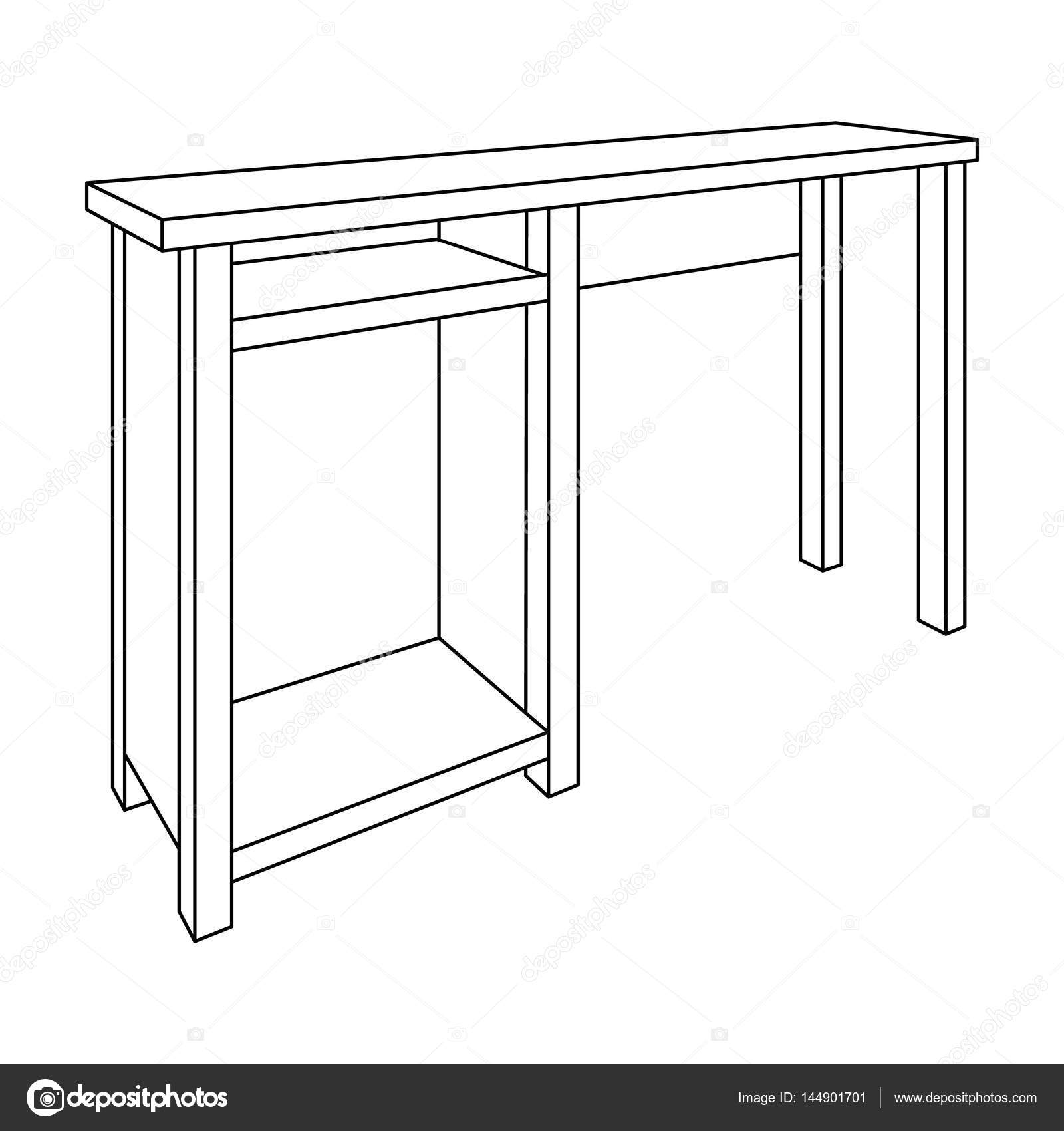Subject The Fascinating Experience Of Refurbishing Aged Cabinets, Unveiling Unknown Tales And Unlocking The Tricks Of Antiquity
Subject The Fascinating Experience Of Refurbishing Aged Cabinets, Unveiling Unknown Tales And Unlocking The Tricks Of Antiquity
Blog Article
Created By- please click the up coming post
To start the journey of restoring antique cupboards, you require a keen eye for information. Envision discovering concealed secrets within each layer of history ingrained in the wood. Photo the contentment of reviving a once-forgotten item to its former magnificence. https://oldhouserenovationcosts65320.bloginder.com/28408097/just-how-to-choose-the-perfect-timber-for-your-custom-made-cabinets of this precise process holds the key to protecting the past while creating a future heirloom. So, are you ready to start this transformative venture and unlock the capacity of your antique cabinets?
Examining the Closet's Problem
When starting the restoration process, beginning by evaluating the problem of the antique cupboard. Very carefully examine the overall framework for any kind of indications of damage such as splits, chips, or loose joints. Check the timber for any kind of rot, bending, or insect problem that may have taken place gradually. It's critical to identify the extent of the remediation needed before continuing further.
Next off, evaluate the cupboard's hardware such as hinges, handles, and locks. Make note of any type of missing items or components that need repair work or substitute. Make certain that all equipment is operating properly and securely attached to the cupboard.
Additionally, assess the closet's finish. Seek any scratches, spots, or discoloration that might affect the visual appeal. Establish if the finish needs to be removed and reapplied or if an easy touch-up will be adequate.
Gathering the Essential Tools and Materials
After analyzing the condition of the antique closet, the following action is to gather the essential tools and materials for the reconstruction procedure. Before you begin, ensure you have the following products handy:
- timber cleaner
- sandpaper in numerous grits
- timber filler
- paint or wood discolor
- brushes
- handwear covers
- safety goggles
- a dust mask
- a ground cloth
- a putty blade
- a hammer
- a screwdriver
- a vacuum cleaner
These devices and materials are vital for an effective reconstruction.
Wood cleaner is crucial for getting rid of years of dust and grime buildup, preparing the surface area for fining sand. Sandpaper of various grits helps in smoothing out flaws and preparing the timber for a brand-new coating. Timber filler is handy for repairing any cracks, holes, or damages existing in the cupboard.
Repaint or timber tarnish, together with brushes, allow you to customize the cabinet to your choice. Bear in mind to put on gloves, safety goggles, and a dirt mask for defense. Set a ground cloth to safeguard your workspace, and utilize a vacuum cleaner to tidy up any debris.
With these tools and materials gathered, you prepare to start the remediation process.
Carrying Out the Restoration Refine
To effectively carry out the remediation process on your antique closet, begin by completely cleansing the surface with the timber cleaner. This step is critical as it helps eliminate years of dirt, crud, and old polish that may have built up on the surface.
Once the cupboard is tidy and dry, assess the problem of the wood. Seek any type of splits, scrapes, or various other problems that require to be addressed. Use timber filler to fix any type of imperfections, making certain to match the filler color to the wood tone for a smooth coating.
After the fixings have dried, gently sand the entire surface area to develop a smooth and even base for the brand-new surface. Be careful not to sand as well strongly, as you don't wish to harm the timber below.
When the sanding is full, use a timber stain or end up of your selection, adhering to the producer's directions. Enable the surface to completely dry entirely before applying a protective leading layer to make certain the longevity of your restored antique closet.
Final thought
Now that you have finished the remediation process, your antique cupboard looks as good as brand-new.
By adhering to the detailed guide, you had the ability to analyze, fix, and improve its condition with ease.
With a fresh finish and protective top coat, your cherished item will remain to shine for years to find.
Enjoy the beauty of your brought back antique cabinet!
